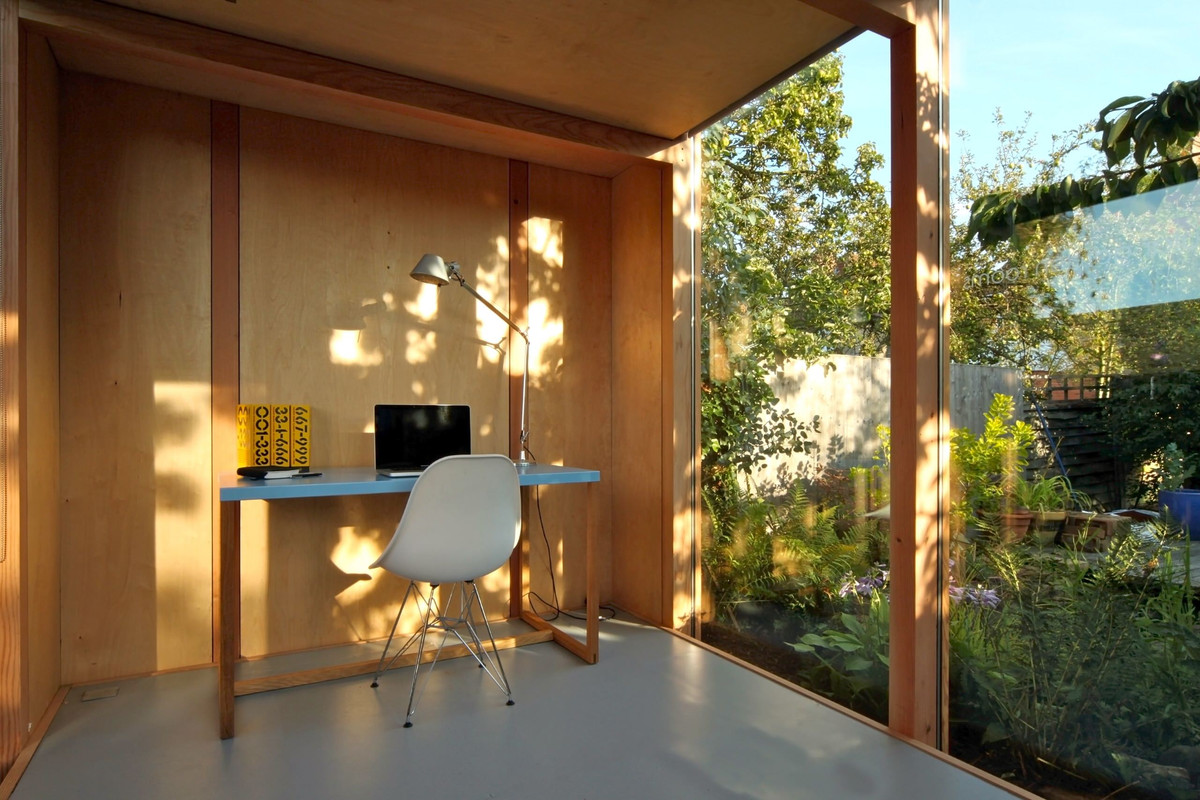Top 7 Mistakes to Steer Clear of When Selecting Wooden Outdoor Structures
Top 7 Mistakes to Steer Clear of When Selecting Wooden Outdoor Structures
Blog Article

1. Overlooking the Right Type of Timber
One of the most common mistakes people make is opting for the incorrect type of wood. Different woods have distinct levels of strength, resistance to weather, and upkeep needs. Dense timbers like Western Cedar are great choices because they inherently withstand rot and termites, making them perfect for outdoor use.2. Overlooking Regional Weather Factors
The British ever-changing weather can affect exterior structures. Forgetting to factor in how rain, storms, and climate changes will affect your timber building can lead to premature aging. Make sure to choose weather-resistant materials and sealants to ensure durability.3. Neglecting Proper Foundations
A frequent mistake is not taking the time to install a solid foundation. Timber structures, especially cabins, need a even and sturdy groundwork to avoid issues like warping and movement. A improperly constructed base can cause long-term support issues, so investing in proper site preparation is essential.4. Opting for the Incorrect Size
Many garden owners either underestimate or underestimate the dimensions of their wooden buildings. Too small, and you might quickly outgrow it; oversized, and it could overwhelm your outdoor area. Before deciding, properly assess the available area and consider how you’ll make the most of the unit in the coming years.5. Ignoring Maintenance
Timber requires maintenance to stay in excellent shape. Forgetting to routinely treat, stain, or stain your timber structure can lead to deterioration, decay, or insect problems. If you want a low-maintenance choice, opt for durable treated wood that requires reduced upkeep.6. Forgetting Professional Assembly
While self-built jobs can be satisfying, building a wooden addition without expert expertise can lead to safety issues. Consulting experienced craftsmen ensures proper construction, saving delays, effort, and future repair costs down the road.Final Thoughts
Avoiding these frequent mistakes will help you get a timber outdoor building that is long-lasting, useful, and beautiful. If you're interested in expert assistance and high-quality service, consider consulting the professionals in garden office glasgow personalized solutions that fit your space. Report this page